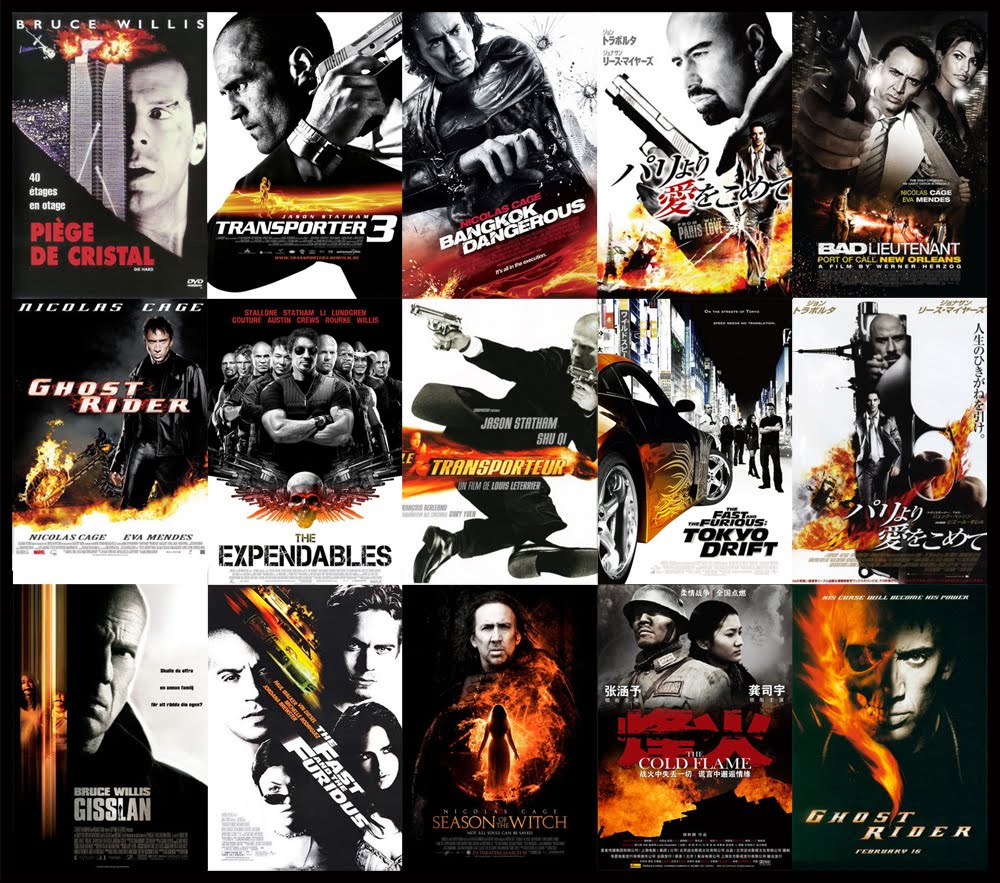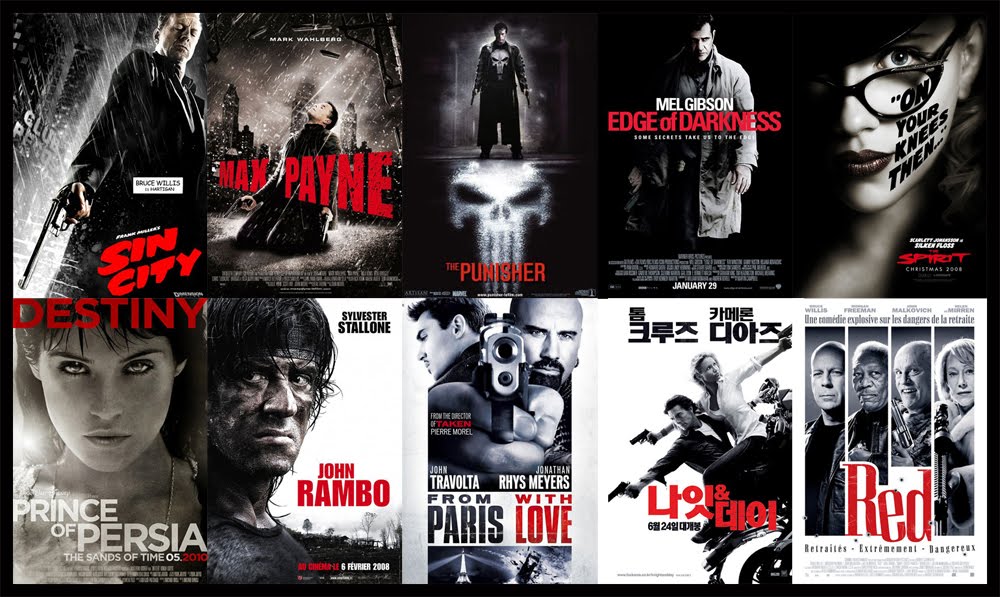One of the interesting spin-offs of the great worship debate, both here, and elsewhere, is an argument about the use of words, and what gives words meaning.
There seem to be three approaches to language at play here, three ways of arguing about what language means…
1. The etymological approach – we can know what a word means based on what the word means, how it was developed, its origins, and if not that, at least by its dictionary definition.
2. The “reader decides” approach – a word means what a reader interprets it to mean. This is a bit post-modern. We all bring our own agendas to a text, and we interpret and use words accordingly. In a sense this argument, broadly understood, also incorporates the idea that usage dictates meaning. The way a word is commonly understood is the most legitimate, and in some cases, the only, way to interpret a word.
3. The “author decides” approach – a word is given meaning by the words around it. By the context. The genre. The implied or actual author, the implied reader (ie how the author wants the word to be read by his implied audience). This view sees the author’s intention as paramount in interpretation. A word means what the writer wants it to mean.
As a writer I like option 3. I think Shakespeare would agree. I think Christians with a high doctrine of inspiration of Scripture also have to be at least biased to that approach – while recognising that there are valid insights to be brought to the table by all three approaches. In fact, I think that each of these options, held as an extreme, produces logical fallacies.
The fallacy involved in the first is the “Etymological Fallacy” – it’s where we argue that language doesn’t change. We ignore the process of history and the expansion of definitions of words to include new things, or new concepts.
The fallacy involved in the second, or one of them, is the “illegitimate totality transfer” – a fallacy Don Carson identified where you bring in one meaning of a word and say that it’s the total meaning. This is also a problem that can occur with point 1, though we can also import our own personal preference for the meaning of a word into interpretation.
The third point doesn’t involve a fallacy that I’m familiar with – except that the writer can not reasonably expect the reader to know his/her brain. There must be a name for that fallacy. Anybody? It also seems that expecting a reasonable reader is also an unreasonable read of the world.
Fundamentally each approach above reads the text with an agenda – and the real question is whose agenda does a text serve? I’d say my bias is towards the third – because without a writer we don’t have a text in the first place. The text is the product of a writer’s intent, and it’s fair that we consider it in that framework. But, I think there are particular genres where that is, at best, ambiguous. While the experience of reading Shakespeare, and seeing what he wanted us to see, is rich and captures his artistry – it’s fair to say that his writing contains a fair degree of deliberate ambiguity – where he knows different readers are going to bring different agendas, or knowledge, to a text. It seems to me that the best writing does this. So Shrek, and the Simpsons, are examples from pop-culture where there are layers of meaning imbued in a text by the writer – acknowledging point 3. And puns regularly combine all three interpretive methods. Artistry does that.
Here are a couple of case studies – firstly – I used the words “old people” the other day as a bit of a rhetorical device, in apposition to the “angry young man”… the discussion on the post is informative because I basically failed to acknowledge the existence of points 1 or 2 – which meant what I thought, and intended, as art, wasn’t. But, I would suggest that most “exegetes” of my post failed to pay adequate heed to 3, ignoring both authorial intent, and context (on a blog, with a disclaimer).
Secondly, the worship debate itself – many of the arguments against using the word worship in a modern context commit either one of the two fallacies identified above, and, in my opinion, pay little regard to point three. Word studies are only really useful, in my opinion, for identifying the possible meaning of a word within its context – the meaning of the word is given by the way its used, it’s also a fallacy to say that a writer can’t create new meaning for a word through juxtaposing it with other ideas, or using it in a new context. That’s how language expands. It’s why the etymological fallacy is a fallacy. So with regards to worship – we’ve got the New Testament writers building on Old Testament traditions, and New Testament culture to create a paradigm by which the church could define itself and operate, under God. The original readers of the New Testament had different ideas of what the word “worship” might have meant to the ideas we import into it… the original authors of the New Testament had different ideas about what worship meant to their emperor-worshipping first century counterparts. Insisting on narrow etymological interpretations of a word pays no heed to the idea that the New Testament writers were artists, or creating something new, or good writers who drew pictures. And its weird to toss out words just because their definition has broadened, rather than just qualifying their meaning and trying to define them as the author intended.
Anyway. I’ll stop now.







